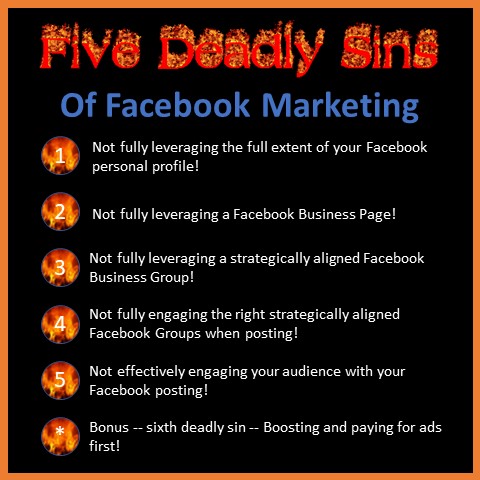This struck me how we have turned our physical world into our social and digital media world.
I have seen many different images, such as this, about social and digital media, but this one is pretty good!
I wonder where Tik Tok fits into this mix?
Take an inventory of the Apps on your phone and computer. What social and digital media tools do you use and for what purpose, personal, business, or both?
For me:
Facebook: Business primarily
LinkedIn: Business
Wordpress: Business
Twitter: Business primarily
Instagram: Business primarily
Skype: Business
Zoom: Business
WebEx: Business
YouTube: Both
Yelp: Personal primarily
Open Table: Personal
Meetup: Business primarily
Pintrest: Personal
Dropbox: Business



